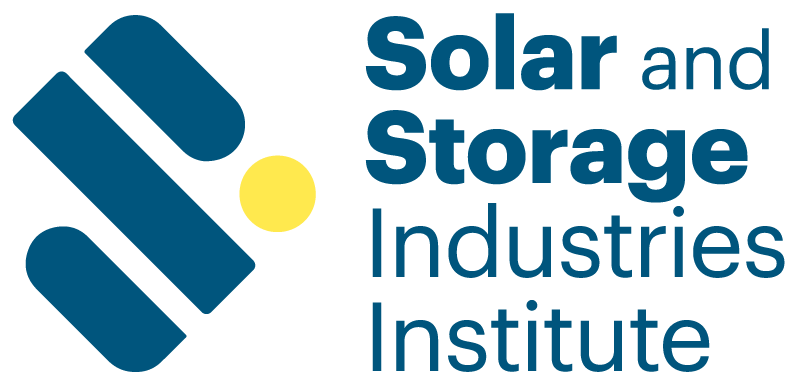WASHINGTON, D.C. — Today the Solar and Storage Industries Institute (SI2) was selected to receive a $500,000 competitive award from the U.S. Department of Energy Solar Energy Technologies Office (SETO) to reduce deployment barriers for large-scale agrivoltaic projects and maximize benefits for farmers, solar firms and utility cooperatives.
“Co-locating solar and farms has the potential to remedy some of the recent land issues that have threatened to undermine widespread clean energy deployment,” said David Gahl, executive director of SI2. “At the moment, agrivoltaics is a nascent market, but with the right resources and guidance this new market could take off. This project will provide a strong foundation for the growth of agrivoltaics, and we look forward to working with the Department of Energy on this important work.”
SI2’s project will feature a partnership between the American Farm Bureau Federation, the National Rural Electric Cooperatives Association, and the Solar Energy Industries Association (SEIA). This project will examine the economic and legal issues that solar developers and farm operations must understand to make responsible investments in agrivoltaics. Partners will then produce case studies and best practices guides for solar developers, farmers, and decision makers.
This award is part of the U.S. Department of Energy Solar Energy Technologies Office’s Foundational Agrivoltaic Research for Megawatt Scale (FARMS) funding program which seeks to create replicable models for agrivoltaics that can provide new economic opportunities and reduce land-use conflicts. The new projects will expand solar accessibility and support President Biden’s goals to decarbonize the electricity sector by 2035.
This research award points to the growing need for the solar and storage industry to focus on land use and community engagement. SI2’s work focuses on breaking down the barriers to widespread clean energy deployment, and this award will serve as an important foundational research project for the institute.
“This project is part of SI2’s ongoing work on land use and community engagement and will ultimately get us one step closer to reaching the president’s ambitious clean energy targets,” said Gahl.
